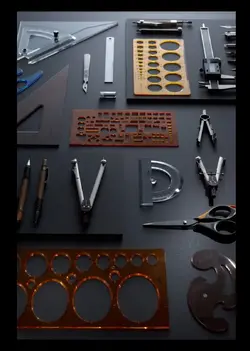Which just goes to prove that if you use two different cameras then even when you try you don't produce *equivalent* photos.
Different cameras, different formats, different lenses some Coated & some Multi Coated, different films, different times as in days and years, and I can produce a set of images that sit coherently and are good equivalents although from varied view points.
That's what we can do with film and this thread IS in the Film Photography section.
I made some images in Cornwall UK around 8 or 9 years ago, two sit framed on a wall side by side, one shot with a Yashicamat 124 Delta 100, the other with my Wista 45DX and a 90mm f6.8 Grandagon N HP5. Aside from the fact I shoot to format and don't crop when printing one's a square image the other 5:4 ratio they look like they could have been made withe the same camera.
There's a third image printed but not yet framed made last October and it's an excellent match, shot with the Wistan45DX and a 240mm f5.6 Nikkor W.
In the same overall Exhibition set there's images made with a 1940 10x8 Agfa Ansco Commercial View and a 12" Dagor (coated post WWII) shot on Fortepan 200 and EFKE PL25. A modest negative scan yields a file of around 1 gigabyte. In addition there's a few images made with a 6x17 camera.
Of course the differences become very apparent wit 24x20 and larger prints I won't take 120 negative to that size, but there's no problems with the 5x4 and 10x8 negatives.
I stopped using 35mm because prints from it don't work alongside LF negatives, MF/120 negative do.
Ian






![[No title]](/data/xfmg/thumbnail/32/32171-96317e1f56adbfbcf5a9205247a8c2fc.jpg?1734161047)


![[No title]](/data/xfmg/thumbnail/36/36643-92fe0dd9e247722bfefe299cd8a549f5.jpg?1734169157)


![[No title]](/data/xfmg/thumbnail/32/32169-37e80837cd927f85261d4e03344eef0d.jpg?1734161046)


